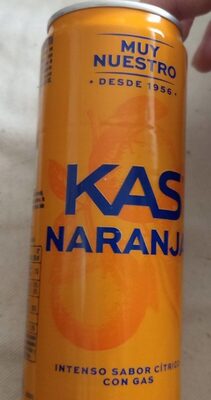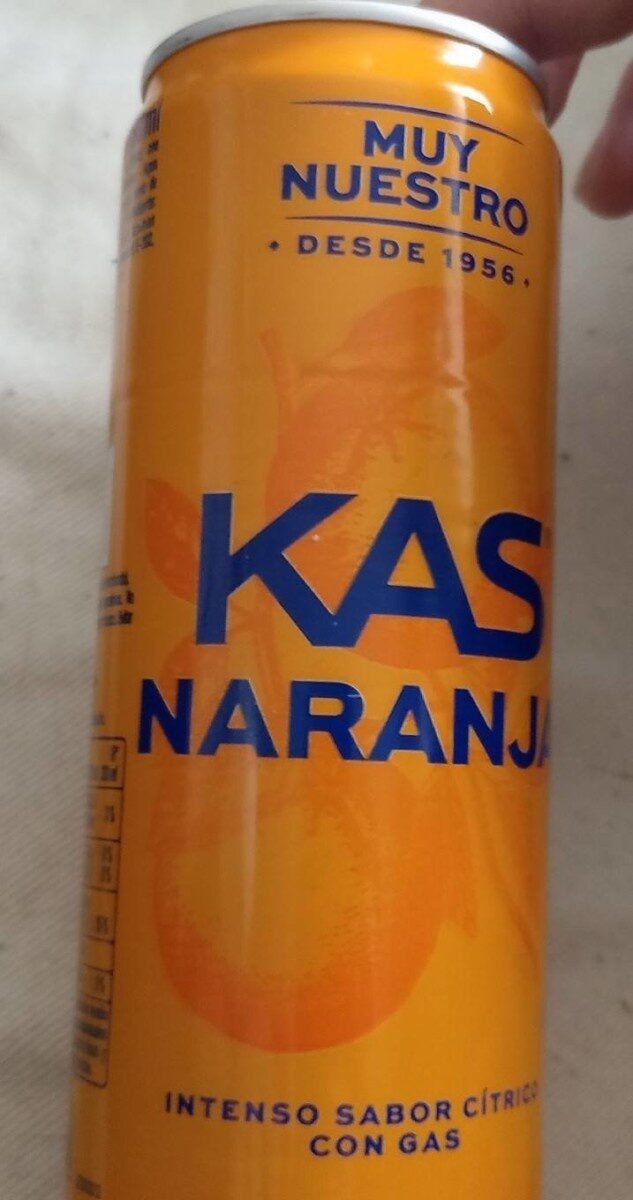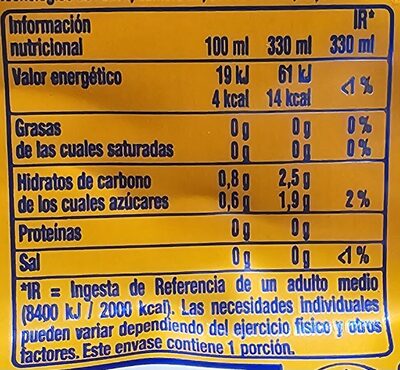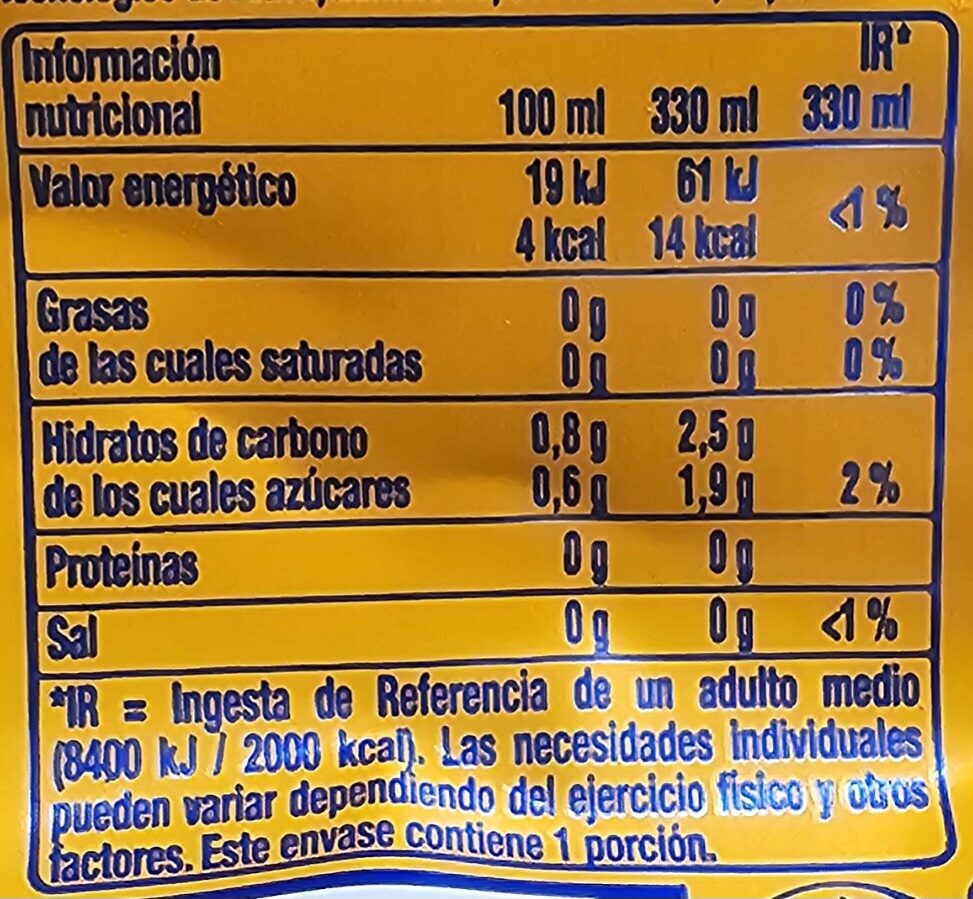Kas Naranja - 330 ml
Aquesta pàgina del producte no està completa. Podeu ajudar a completar-la editant-la i afegint-hi més dades a partir de les fotos ja disponibles, o fent-ne més amb l'aplicació de androide o iPhone / iPad. Gràcies!
×
Codi de barres: 8410494300722 (EAN / EAN-13)
Nom comú: Bebida refrescante de zumo de fruta con azúcares y edulcorante
Quantitat: 330 ml
Empaquetament: en:Lata
Marques: Kas
Categories: Aliments i begudes amb base vegetal, Begudes, Begudes amb base vegetal, Begudes carbonatades, Begudes amb base de fruites, Begudes ensucrades artificialment, Refrescs, en:Fruit sodas, en:Orange soft drinks, Begudes ensucrades, en:Apéritif, en:Apéro
Etiquetes, certificacions, premis: Sense sucre afegit
Botigues: Auchan
Països on es va vendre: Espanya
Matching with your preferences
Entorn
Empaquetament
Transport
Report a problem
Fonts de dades
Producte afegit per kiliweb
Última modificació de la pàgina del producte per tasja.
La pàgina del producte, també editada per additives-app-chakib, aleene, charlesnepote, dorado-jerome, duhowpi, halal-app-chakib, jog13ovd, luiscostas, marionmoseby, openfoodfacts-contributors, packbot, roboto-app, scanbot, trsgpxtx, yuka.sY2b0xO6T85zoF3NwEKvllxCb_XanD7fNQ7lv1KBl9ScMby2cdh72qnjb6o.









